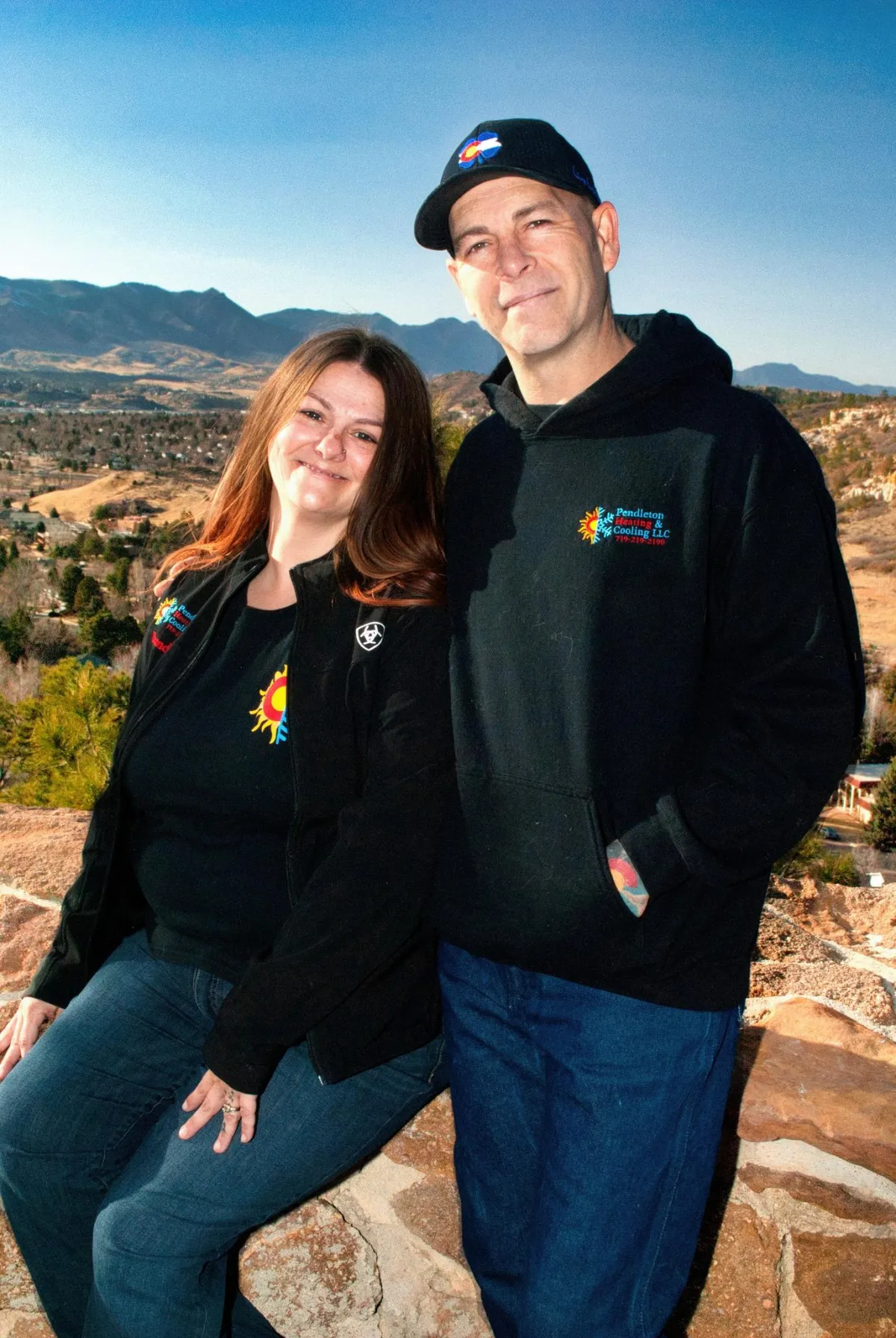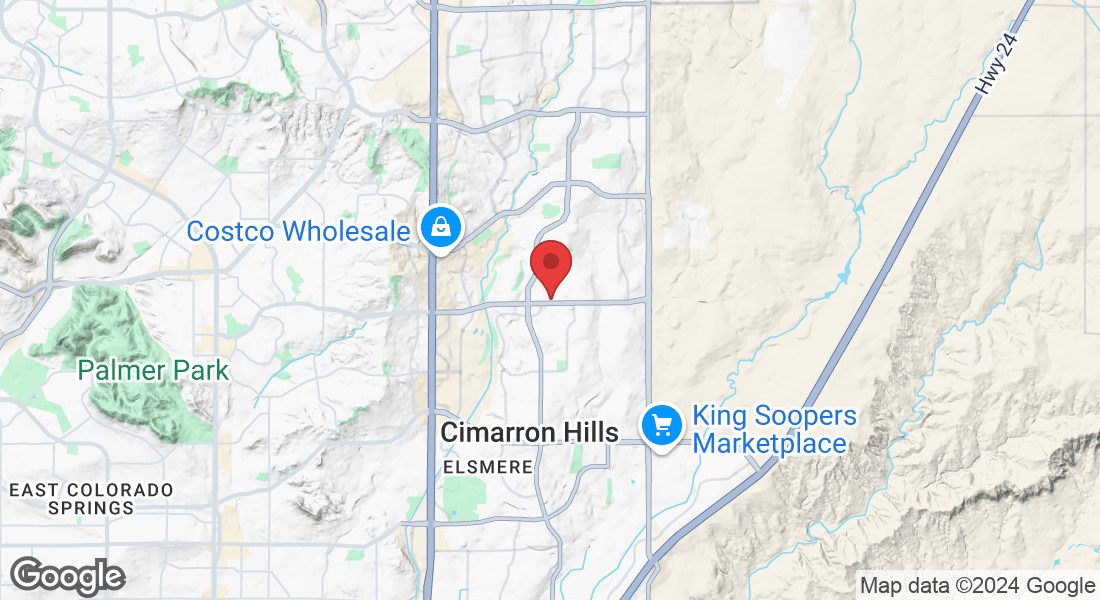Superior Care for your Heating
and Cooling Systems
Bringing Integrity Back to HVAC


No A/C? No Problem: Smart Ways to Stay Cool in the Heat
No A/C? No Problem: Smart Ways to Stay Cool in the Heat
When the summer heat hits hard, it can make life pretty uncomfortable—especially if you don’t have air conditioning or your system decides to stop working at the worst possible time. Whether you're waiting on a repair or trying to get through a heatwave without central A/C, there are several smart, practical ways to keep your home cooler and stay comfortable.
Here are some of the best tricks to beat the heat, and why they actually work:
1. Close Your Blinds and Curtains During the Day
Why it works:
Up to 30% of unwanted heat comes from your windows. Sunlight streaming in through glass turns into heat once it’s inside, and that heat gets trapped.
What to do:
Keep blinds, curtains, or shades drawn during the hottest part of the day (usually between 11 a.m. and 4 p.m.).
Blackout curtains work especially well, but even regular ones help block some of the heat.
Focus on south- and west-facing windows—they let in the most sunlight.
2. Open Windows Strategically at Night
Why it works:
In many places, especially here in Colorado, the nighttime temperatures drop. Taking advantage of that cooler air can make a big difference.
What to do:
After the sun goes down, open windows on opposite sides of your home to create a cross breeze.
You can even set up a fan in one window to help pull in the cool air.
Just be sure to close everything back up in the morning before it starts to warm up again.
3. Use Fans the Right Way
Why it works:
Fans don’t actually lower the temperature, but they move air across your skin, which helps sweat evaporate faster—and that cools you down.
What to do:
Place a box fan in a window blowing outward on the sunny side of your house to push hot air out.
Use ceiling fans set to spin counterclockwise during the summer to circulate air downward.
For an extra chill, put a bowl of ice or a frozen water bottle in front of a fan to blow cooler air your way.
4. Switch Up Your Cooking Routine
Why it works:
Using your oven or stove can raise the temperature inside your home by several degrees, especially in small or poorly ventilated kitchens.
What to do:
Grill outside, use the microwave, or prep cold meals like salads or sandwiches.
Try cooking in the early morning or late evening when it’s cooler.
Use small appliances like toaster ovens, air fryers, or Instant Pots—they generate less heat.
5. Stay Hydrated and Cool Your Body
Why it works:
Staying cool isn’t just about the air around you—it’s also about how your body handles the heat. When you're hydrated, your body can better regulate its temperature.
What to do:
Drink cold water throughout the day (avoid sugary or caffeinated drinks that can dehydrate you).
Keep a damp washcloth in the fridge and place it on your neck, wrists, or forehead.
Take cool showers or baths.
Wear lightweight, loose-fitting clothing made from breathable materials like cotton or linen.
6. Make Use of Cool, Dark Spaces
Why it works:
Basements, lower levels, or interior rooms tend to stay cooler than upper floors or sun-facing rooms because heat rises and these spaces have less direct sunlight.
What to do:
If your home has a basement, try spending more time down there during the hottest parts of the day.
Avoid upstairs bedrooms for napping or sleeping if possible.
7. DIY Evaporative Cooling
Why it works:
Evaporative cooling (also known as “swamp cooling”) works best in dry climates like ours. As water evaporates, it absorbs heat and cools the air around it.
What to do:
Hang a damp sheet in front of an open window and let the breeze pass through it.
Use a spray bottle to mist yourself or your surroundings with water.
Try placing a damp towel in front of a fan.
8. Limit Heat-Producing Electronics
Why it works:
Electronics like TVs, computers, and even certain lights give off heat while they’re running.
What to do:
Turn off devices when you’re not using them.
Use energy-efficient LED bulbs instead of heat-producing incandescent ones.
Keep your entertainment low-key—opt for reading or board games instead of running the TV or game console for hours.
Stay Safe
Remember, extreme heat can be dangerous—especially for children, older adults, and people with certain health conditions. If the temperature in your home becomes too much to handle, don’t hesitate to seek out cooler places like libraries, malls, or designated cooling centers in your area.
Thinking About A/C?
If your cooling struggles have you thinking about finally adding air conditioning, we’re happy to help. Pendleton Heating & Cooling offers complimentary, no-obligation estimates and will work with you to find a solution that fits your needs—and your budget. We also offer financing options to help make comfort more affordable.
Feel free to reach out anytime to schedule an estimate or ask questions. We’re here to help you stay cool, however we can.
ABOUT US

Our values drive our mission.
We are committed to Excellence in Service.
Pendleton Heating & Cooling!
EXPERIENCED, INSURED, LICENSED & BONDED
Our certificate of insurance is on file with El Paso County Regional Building.
SUPERIOR HOME CARE
Our technicians are trained to take exceptional care of your property, from caring for your carpets with carpet protectors to taking extreme care with your new equipment and post work cleanup!
ACCREDITATIONS
We are HVAC Excellence Certified and also certified with the National Technical Honor Society!
LOCAL TRANE DEALER
We are your local TRANE® dealer! We have one of the highest levels of customer service and our staff is factory trained in the newest developments of TRANE equipment.
Our TestimonialS
Our Clients Feedback Means the World to Us
⭐⭐⭐⭐⭐
Rob Thompson
I've referred Pendleton to my clients, that's how much I trust them! Top notch service, always!
⭐⭐⭐⭐⭐
Tina Friedheim
They were so thorough and helpful! Brandy got me in that day to have them take a look at my furnace. It was a simple fix and taught me what I may look for next time. Outstanding customer service Thank you Pendleton Heating & Cooling for all you do!
⭐⭐⭐⭐⭐
Lara Matisek
I’m so grateful to Kip and Brandy. I had previously hired a master plumber to do my tankless water heater. He did work not up to code and gave me a million excuses about my permit. After learning his work is why it would not pass and I applied pressure to him, he ghosted me after taking $6k of my money. I was looking for a mechanical contractor who is legally permitted to work on this and that’s where Kip comes in. He not only took the job, but did an amazing job. I’m forever grateful to them!
⭐⭐⭐⭐⭐
Sophia Chapman
Prices were great! Honest! Professional!! Will definitely be sticking with them!
FAQs
How often should I have my HVAC system serviced?
You should have your HVAC system serviced twice a year, once in the spring and once in the fall. This will help to ensure that your system is running efficiently and effectively, and it will also help to identify and prevent any potential problems.
What are the benefits of having a programmable thermostat?
A programmable thermostat can help you to save money on your energy bills by allowing you to control the temperature of your home when you are not there. You can program your thermostat to turn down the heat in the winter and turn up the air conditioning in the summer when you are away or asleep.
What is the best way to choose the right size HVAC system for my home?
The best way to choose the right size HVAC system for your home is to have a load calculation performed by a qualified HVAC contractor. This calculation will take into account the size of your home, the number of windows and doors, the insulation value of your walls and attic, and the climate in your area.

